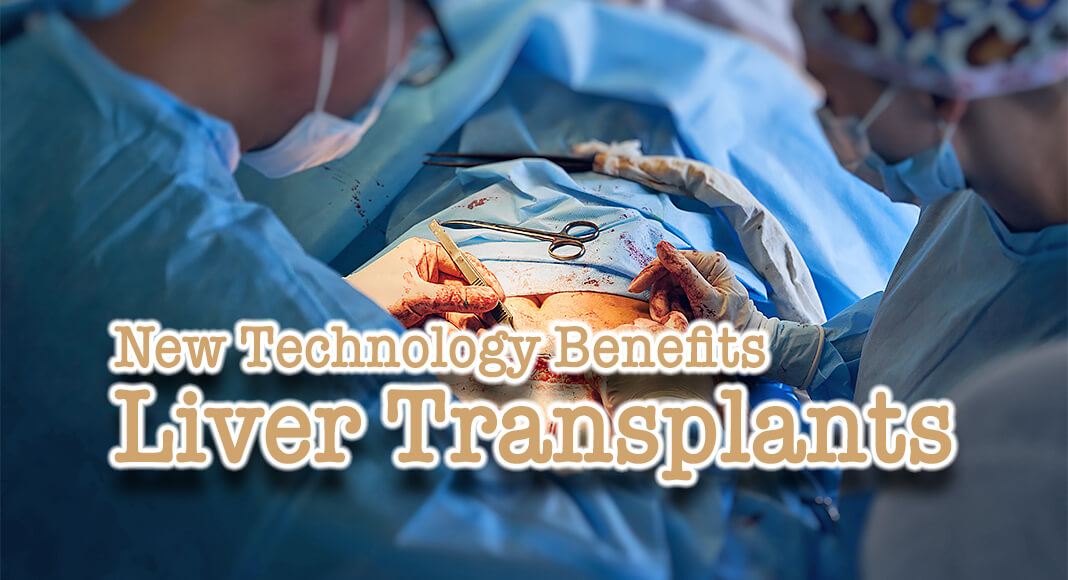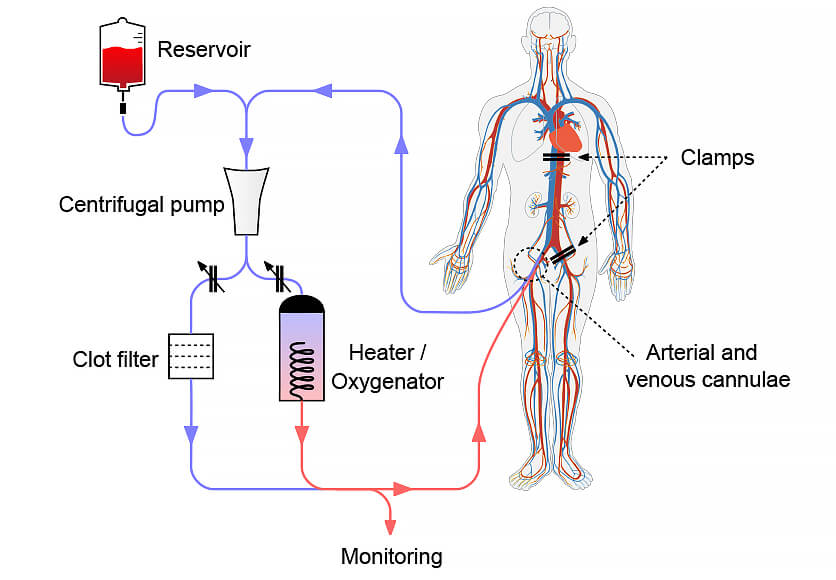
Mega Doctor News
CLEVELAND CLINIC – When it comes to organ donations, every second counts, and that’s why Cleveland Clinic surgeons are using new technology to help preserve livers before they’re transplanted.
“Many have seen the ice coolers that we use to store the organ between the donor and the recipient. And when we get back to the transplant center, we take the organ off of ice and do the transplant, but ice storage is not the healthiest way of sustaining an organ that’s going to be transplanted,” explained David Reich, MD, surgical director of the liver transplant program for Cleveland Clinic Florida. “And so, the new machine perfusion technologies that we have keep the organ somewhat alive between the donor and the recipient.”

Image Source: Gwilz, CC BY-SA 4.0 <https://creativecommons.org/licenses/by-sa/4.0>, via Wikimedia Commons
Dr. Reich said by using perfusion methods, they’re able to pump oxygenated blood or solution through a donor’s liver outside the body.
That in turn can help improve the quality of the organ.
It also gives surgeons a chance to better examine the liver and determine if it’s healthy enough to be transplanted, or they can further rejuvenate the liver.
Research shows perfusion has helped reduce the risk for complications as well.
“We have better results when we use perfusion. Patients go home from the hospital sooner, they have fewer complications, they have better safety in the operating room during the transplants, and then during their post-operative and longer-term course,” Dr. Reich noted.
Dr. Reich said research continues on the use of this new technology, but it’s already showing a lot of promise and is starting to be used for other types of organ transplants.












